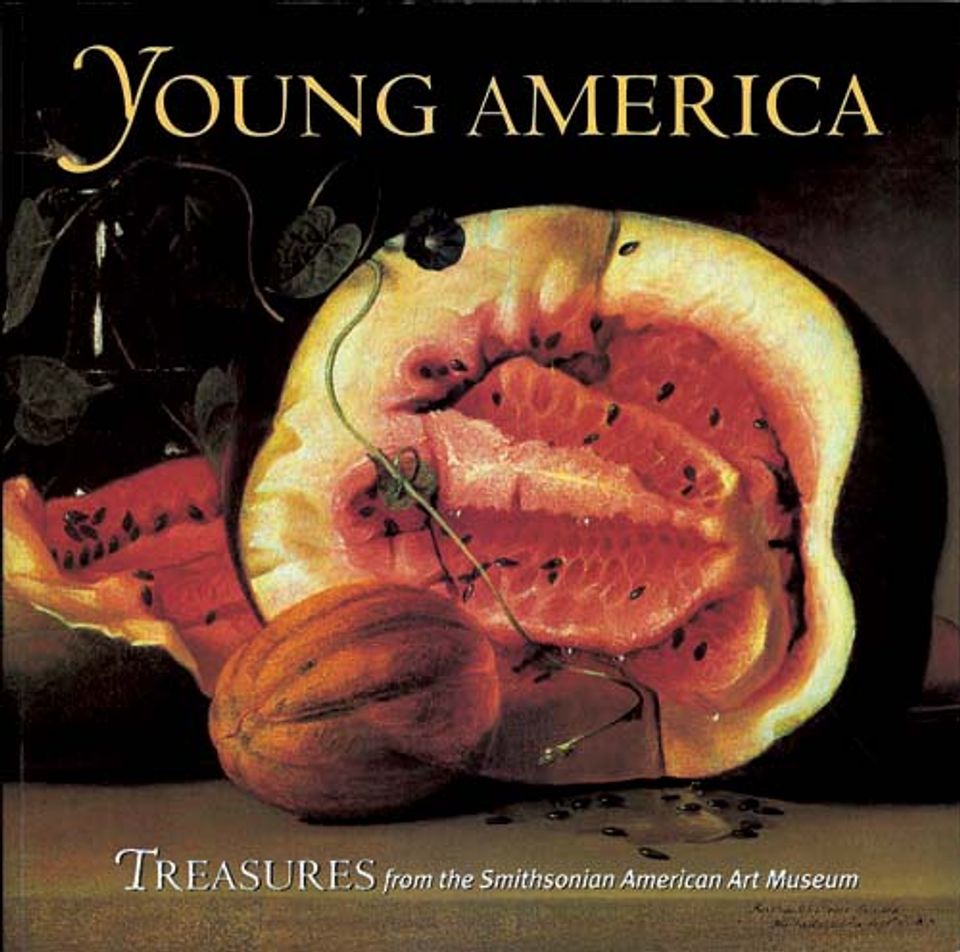Horatio Greenough
- Born
- Boston, Massachusetts, United States
- Died
- Somerville, Massachusetts, United States
- Active in
- Florence, Italy
- Biography
Horatio Greenough was the first American to make sculpture his profession and to gain international recognition thereby. He was born in Boston and began his career copying casts of classical sculptures at the Boston Athenaeum. His friendship with Washington Allston, begun while at Harvard, influenced his career and his thought. After graduating from Harvard in 1824, Greenough went to Carrara and later settled in Florence, where he and James Fenimore Cooper became close friends. Through the influence of Allston and Daniel Webster, in 1832 Greenough was given the first important commission by the U.S. government to an artist, for a statue of George Washington.
Greenough's religious background seems to have been Unitarian. His family rented a pew in the First Congregational Society, then Unitarian, and he studied at Harvard during the ascendancy of Unitarianism there.
Greenough's theory and observations were published in The Travels, Observations and Experiences of a Yankee Stonecutter. Most seminal of his theories, especially for later designers and architects, was his principle that "form follows function." In his original statement of the theory it is seen as the Creator's formula: "If there be any principle of structure more plainly inculcated in the works of the Creator than all others, it is, the principle of unflinching adaptation of forms to functions."
Greenough had an easy, engaging personality and was a part of the intellectual and artistic life of whatever place he lived, whether Boston, Florence, or Rome. On November 21, 1852, Emerson gave a dinner honoring the English poet Clough: Horatio Greenough was invited, and the roster of other guests gives us a picture of that brilliant circle who were his contemporaries and friends—Hawthorne, Longfellow, James Russell Lowell, Theodore Parker, Sumner, Samuel Ward, and Ellery Channing. This may have been one of the last social functions Greenough attended, for slightly over a month later he died of brain fever.
Jane Dillenberger and Joshua C. Taylor The Hand and the Spirit: Religious Art in America 1700–1900 (Berkeley, Cal.: University Art Museum, 1972)















